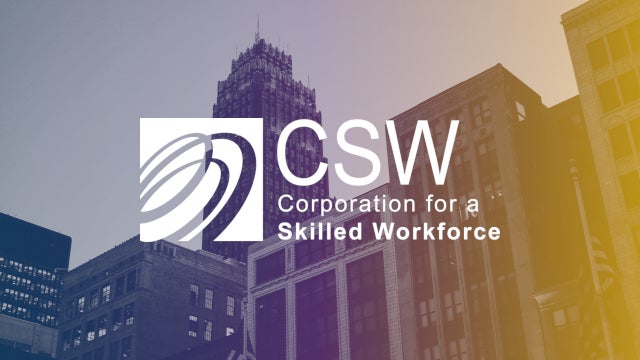Of the millions of Americans who are now part of the “gig economy,” nobody has come to reflect and represent the challenges of such work more than the Uber driver.
And yet, for all of this – or maybe because of it – the Uber driver has also emerged as the poster child for another aspect of gig work: finding creative ways to build collective voice in a workforce that has no office, no boss and no legal right to form a union.
For a few decades after World War II, organized labor served as the most important countervailing force against the concentration of power and wealth with the nation’s companies, providing a voice for those working on the front lines while lifting their compensation and improving workplace standards and conditions.
But with only about 6% of private-sector employees in the U.S. now unionized, the big question is: What, if anything, can fill the void?
We’ve been following the Independent Drivers Guild in New York as one example of a form of new worker voice coming out of the platform economy. The IDG is an affiliate of the Machinists Union, the longtime representative of black car drivers in New York.
Nearly a year and a half ago, led by second-generation trade unionist Jim Conigliaro, the Machinists launched the guild. This workers’ association was then formally recognized by Uber—a move that sent ripples throughout the gig economy and the labor world.
The IDG now represents some 64,000 drivers in New York City, a number that has doubled in the past year.[1]
It’s important to note that the IDG is not a union. It can’t collectively bargain and sign a contract on behalf of its members, who also drive for Lyft, Juno and Via. Drivers aren’t protected if they walk out on strike. That’s because federal labor law doesn’t extend to independent contractors.
Nonetheless, Uber’s recognition of the IDG included an arrangement whereby the company regularly sits down with a committee of drivers for non-binding discussions on how to improve dispatching practices and other matters. As a result of the guild’s efforts, workers who are deactivated from Uber’s platform for bad ratings now have a chance to try to get their jobs back through a newly created Deactivation Appeals Panel.
So far, this grievance procedure has helped more than 200 drivers who felt they had been unfairly deactivated from the platform to be reinstated. This is crucial because, without the guild’s presence, these drivers would have been forever barred from working for Uber.
The IDG has helped Uber drivers in other ways, too. Overcoming longstanding objections by the company—and armed with a petition bearing 11,000 signatures—the guild this year persuaded New York regulators to force Uber to add a tipping option on its app.
This win is significant. The IDG expects it translates into more than $8,000 a year on average for each driver—a meaningful sum for somebody striving to make ends meet.
The IDG has acknowledged that what has been accomplished in New York will be difficult to scale. There’s a critical mass of people working for Uber in the city and a strong regulatory authority—the Taxi and Limousine Commission—upon which the guild can exert influence to affect change. Those factors aren’t easily replicated in most places.
Still, the bigger point is this: With enough effort and imagination, it is in fact possible to create new avenues that give gig workers more of a say in what their future should look like—and enough leverage to make it happen.
“We are not just thinking about tomorrow—we are thinking about the week after,” one Uber driver remarked on a recent episode of the IDG’s podcast, Behind the Wheel.
Given how quickly the economy is changing, the entire labor movement would be wise to do the very same thing.
My commentary about the IDG can also be found in the last 3 minutes of the segment on the Bottom Line podcast with End of Loyalty author Rick Wartzman.
[1] Figure comes from conversation with Jim Conigliaro in October 2017.

